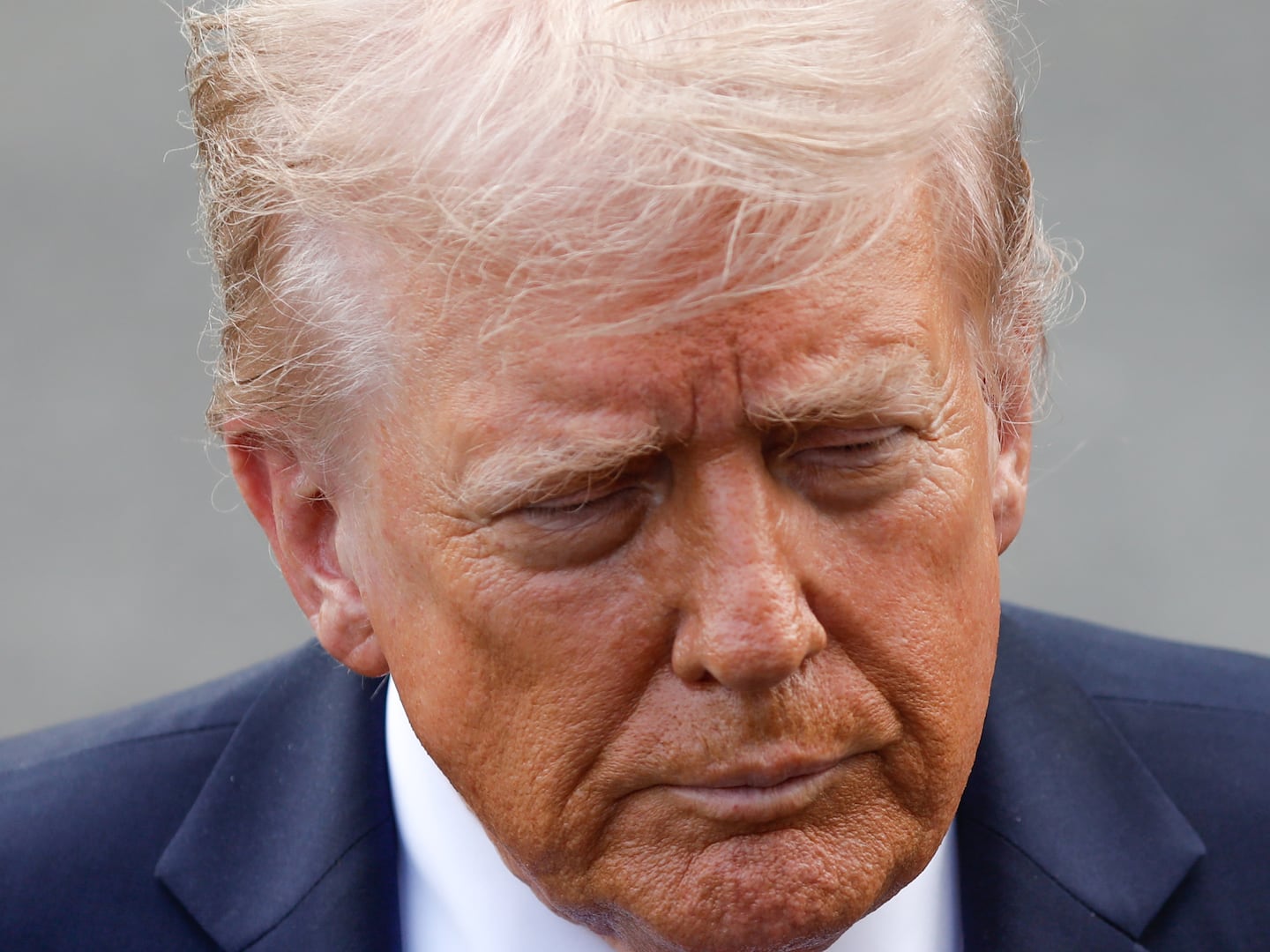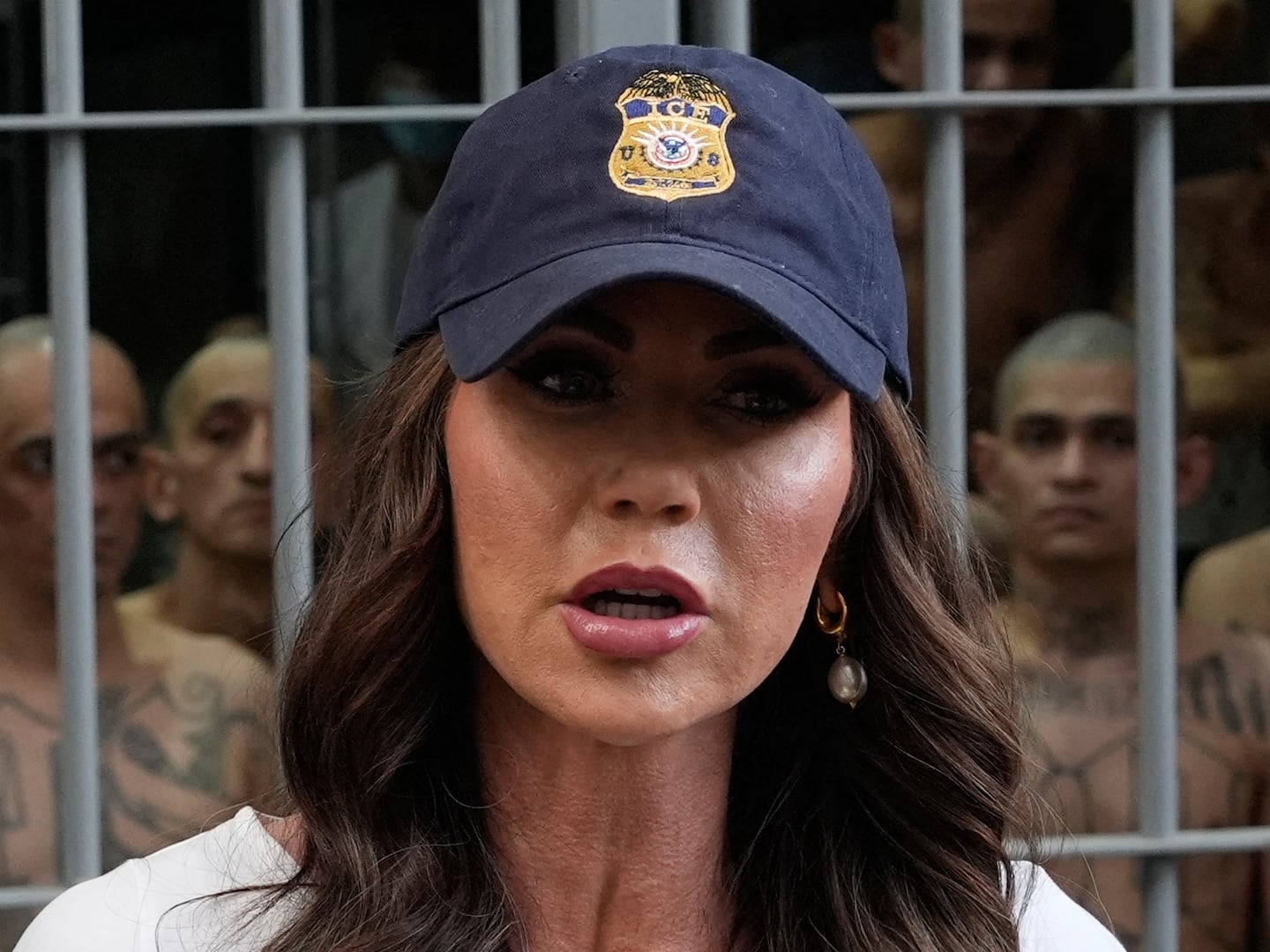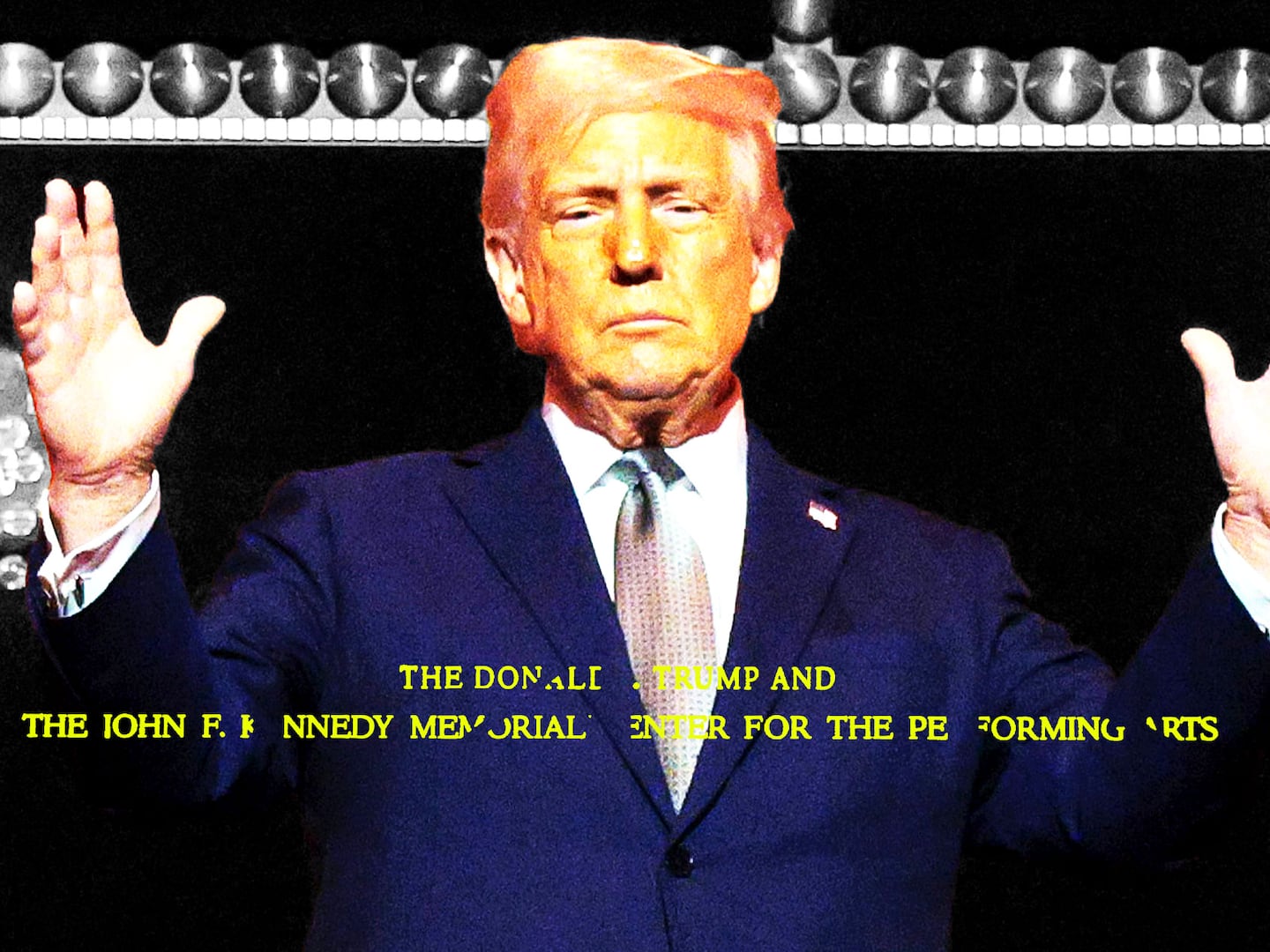PARIS — For most of the last two centuries, Europeans have been puzzling over their American cousins’ totemic obsession with guns and their passion for concealed weapons. And back in the decades before the American Civil War, several British visitors to American shores thought they’d discerned an important connection: People who owned slaves or lived among them wanted to carry guns to keep the blacks intimidated and docile, but often shot each other, too.
In 1842, the novelist Charles Dickens, on a book tour of the United States, saw a link between the sheer savagery of slave ownership and what he called the cowardly practice of carrying pistols or daggers or both. The author of Oliver Twist listened with a mixture of horror and contempt as Americans defended their utterly indefensible “rights” to tote guns and carry Bowie knives, right along with their “right” to own other human beings who could be shackled, whipped, raped, and mutilated at will.
As damning evidence of the way slaves were treated, in his American Notes Dickens published texts from scores of advertisements for the capture of runaways. Often these public notices described the wanted men and women by their scars. One especially memorable example:
“Ran away, a negro woman and two children. A few days before she went off, I burnt her with a hot iron, on the left side of her face. I tried to make the letter M.”
Dickens also compiled a list of several shooting incidents, not all of them in the South: a county councilman blown away in the council chamber of Brown County, Wisconsin; a fatal shootout in the street in St. Louis; the murder of Missouri’s governor; two 13-year-old boys defending their “honor” by dueling with long rifles, and other examples.
What could one expect, he asked, of those who “learn to write with pens of red-hot iron on the human face” but that they carry guns and daggers to use on each other. “These are the weapons of Freedom,” Dickens wrote with brutal irony. “With sharp points and edges such as these, Liberty in America hews and hacks her slaves; or, failing that pursuit, her sons devote themselves to a better use, and turn them on each other.”
When Dickens was writing in the 1840s, remember, keeping Negro slaves was defended as a Constitutional right with the same vehemence that we hear today when it comes to keeping and bearing arms, and perhaps with more foundation. The original U.S. Constitution was built on an explicit compromise (Article 1, Section 2, Paragraph 3) that allowed slave-holding states to count human chattel, described as “other persons,” as three-fifths of a human being for purposes of taxation and state representation in the House, but allowed them no rights as human persons whatsoever.
The Second Amendment, adopted a couple of years later as part of the Bill of Rights (of free white people), was essentially written to protect the interests of Southerners in the states that formed militias—often known as “slave patrols”—to crush any attempt at what was called, in those days, a “servile insurrection.” That’s why the full text of the Second Amendment reads:
"A well regulated Militia, being necessary to the security of a free State, the right of the people to keep and bear Arms, shall not be infringed."
To keep slaves in slavery, you needed militias and they needed to be armed. Such is the fundamental “right” assured by the Second Amendment.
Dickens, who saw a lot that he disliked about America, but disliked slavery and the irrational and immoral thinking behind it the most, wrote quite correctly that there was a substantial, stubborn class of people “who doggedly deny the horrors of the system, in the teeth of such a mass of evidence as never was brought to bear on any other subject.”
A few years later, after the messianic abolitionist John Brown tried and failed to start a slave uprising by attacking the federal arsenal at Harper’s Ferry in 1859, Southern paranoia reached new heights, and so did gun sales.
“I do not exaggerate in designating the present state of affairs in the Southern country as a reign of terror,” wrote British Consul Robert Bunch in Charleston, South Carolina, the epicenter of secession and slavery. “Persons are torn away from their residences and pursuits, sometimes ‘tarred and feathered,’ ‘ridden upon rails,’ or cruelly whipped; letters are opened at the post offices, discussion upon slavery is entirely prohibited under penalty of expulsion, with or without violence, from the country.”
Bunch, the central figure in my recent book Our Man in Charleston: Britain’s Secret Agent in the Civil War South, noted that “on the part of individuals the sense of danger is evinced by the purchase of fire-arms, especially revolver pistols, of which very large numbers have been sold during the last month.”
In 1861, the great British war correspondent William Howard Russell, traveling through the South in the early days of the Civil War, was as bemused as he was appalled by what passed for “dueling” in Mississippi, which amounted to little more than random, often drunken murders. One resident told him “without the smallest animus, and in the most natural way in the world … tale after tale of blood, and recounted terrible tragedies enacted outside bars of hotels and in the public streets close beside us.”
It is a grim irony, therefore, that the legal precedents set in the antebellum South are still with us today, embedded in recent federal court rulings that make it easier and easier for more people to carry guns, as Fordham University historian Saul Cornell and New York University law professor Eric M. Ruben pointed out in The Atlantic in September.
As Cornell and Cohen made clear, “gun-rights advocates find themselves venerating a moment at which slavery, honor, violence, and the public carrying of weapons were intertwined.”
Back in the day, what Dickens, Russell and Bunch understood was a basic truth that seems to have escaped our contemporary legislators and jurists, just as it did those of the slave-holding South. As Russell observed in Mississippi, the government seemed unable and unwilling to rein in gun violence, and the consequences would be inevitable. “The country in which it is tolerated,” he wrote, “will become as barbarous as a jungle inhabited by wild beasts.”
Day after day, week after week, we see in America the toll taken by gun “rights,” whether the shooters wear beards and veils and murder colleagues in California in some bizarre Bonnie-and-Clyde version of jihad, or shoot people at a Planned Parenthood center in Colorado, or settle scores in Chicago, or slaughter children at a school in Connecticut.
The guns are still with us, and so are the beasts.





